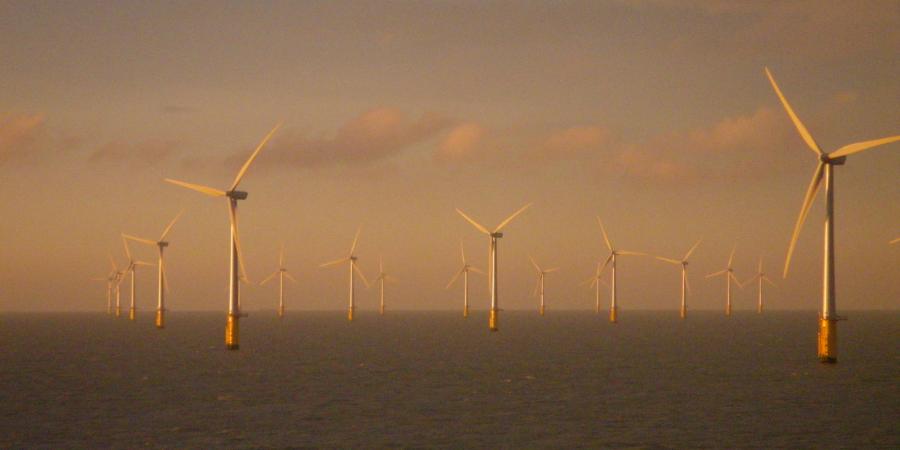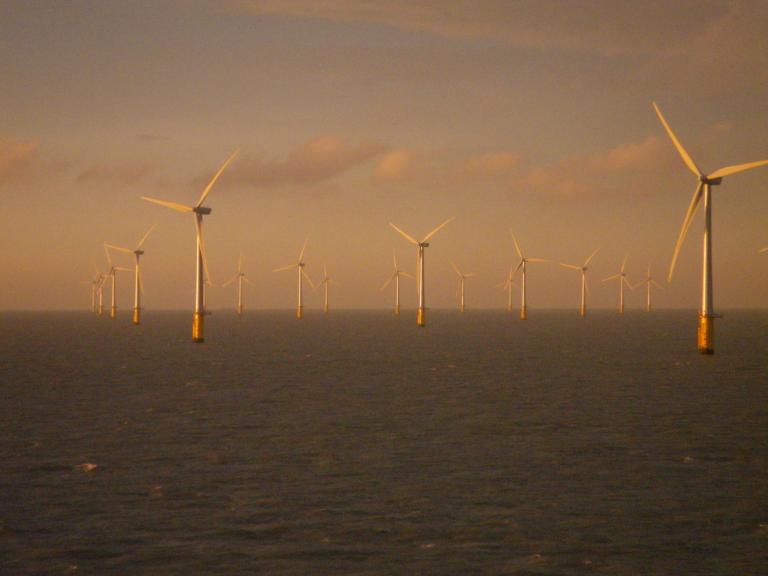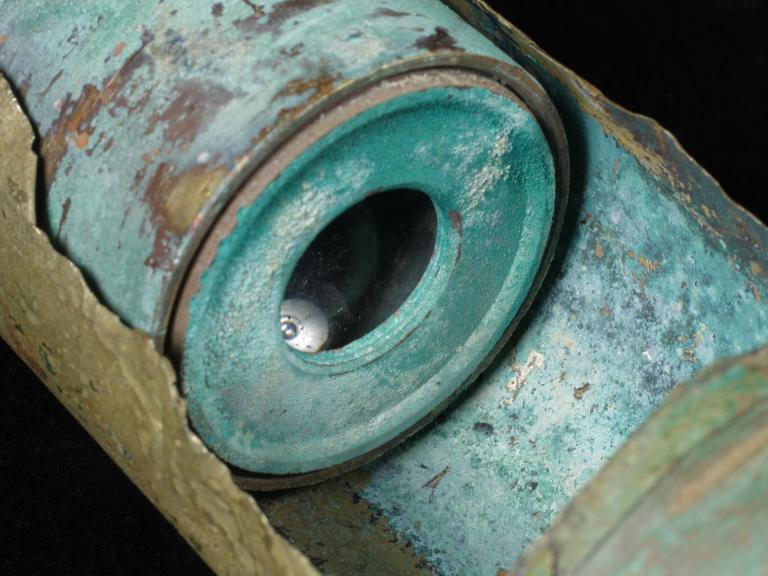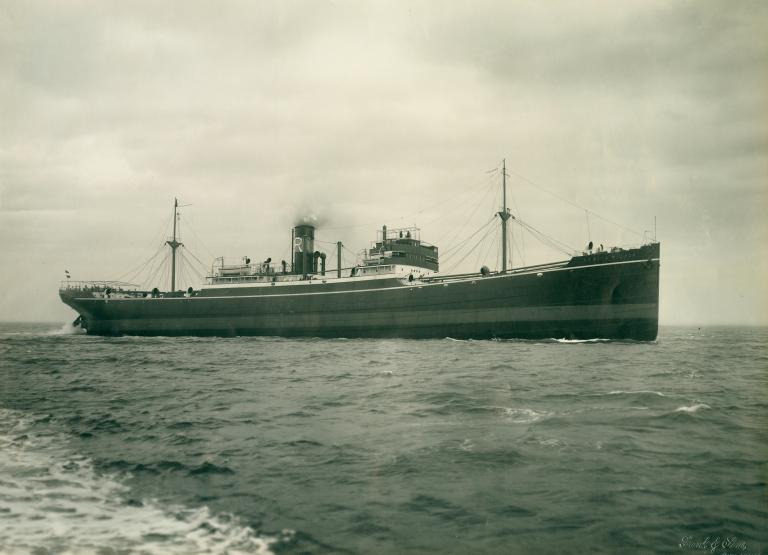53.102831873848, 0.49840725082026
Providing confidence through experience
Renewables provide nearly 1/3 of power in the UK and around half of this is generated by wind power. The UK has become a world leader in the offshore wind sector (The Crown Estate).
Wessex Archaeology is the trusted market-leading provider of archaeological services to the offshore renewables sector.
Since 2002 we have delivered the archaeological component of over 60% of all marine development projects in UK waters - from offshore windfarm Rounds 1, 2 and 3 as well as other major renewables infrastructure and windfarm extension projects.
Our large, multi-disciplinary team of experts are highly trained and equipped to provide the full range of services related to cultural heritage assessments for offshore windfarm development projects.
How does archaeology fit in to the planning process? Find out here
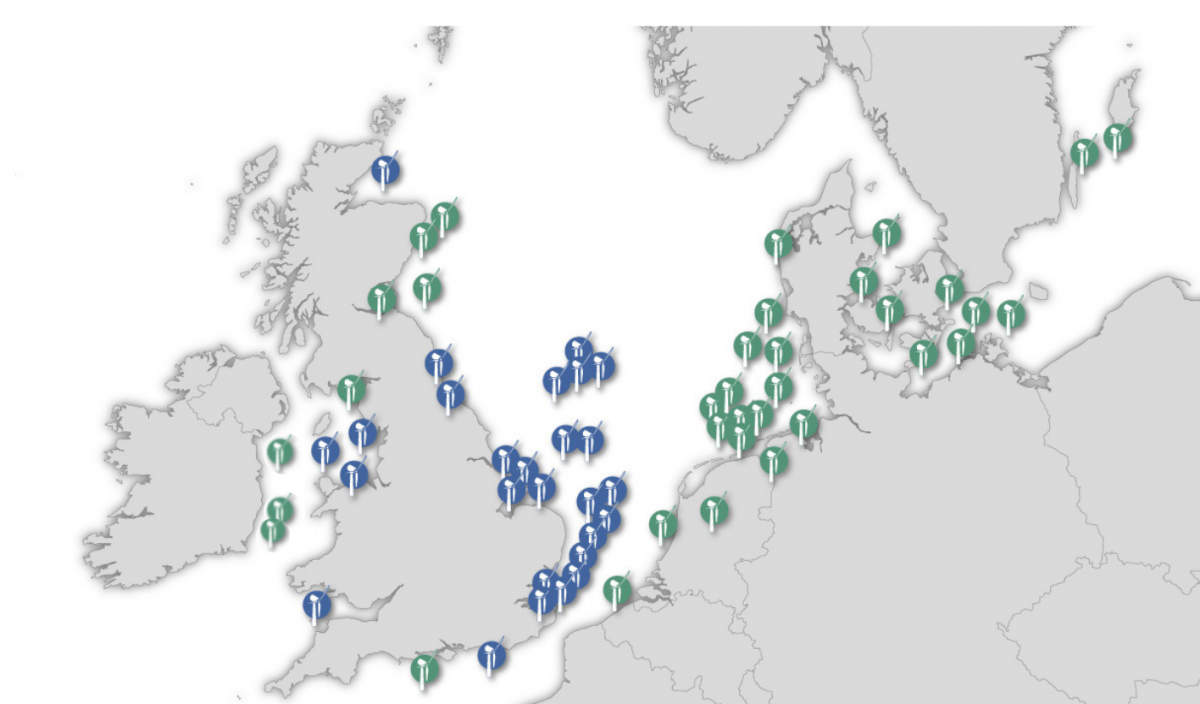
Offshore Wind: Our Services
We have delivered services to some of the largest offshore developments in UK and Irish waters. We help you to manage the historic environment from turbine to grid connection at all stages of the development, from pre-application to post-determination phases:
- advice, scoping reports, desk-based assessments
- Environment Impact Assessment (EIA), Environmental Statement (ES)
- Written Scheme of Investigations (WSI)
- post-consent support; providing the service of Retained Archaeologists
- marine geophysical review
- geotechnical reporting
- Remotely Operated Vehicle (ROV) survey datasets
- the implementation of Protocol for Archaeological Discoveries (PAD)
Quality from Start to Finish
The time frame for offshore renewables projects may last between 5−10 years (or more) from the initial application submissions and early planning phases, on to the consenting stage and the final commissioned project. We are proud of the long-standing relationships we have with many of our clients, developed over many years.
We typically provide sustained services across long project periods, which requires high-quality data management and project design. Our proactive approach to project management anticipates the needs and requirements across all phases of a project’s development. This ensures streamlined and cost-effective products and mitigation strategies that minimise risk, avoiding delays and unforeseen costs to projects.
Rampion, Galloper, the Hornsea zone, Race Bank, Dudgeon, London Array, the East Anglia zone, Inch Cape, Neart na Gaoithe, Moray West, European Offshore Wind Deployment Centre, and, Blyth Offshore Wind Demonstration project are just a few Wessex Archaeology have supported over many years, some of which are still ongoing.
How does Archaeology fit in?
-
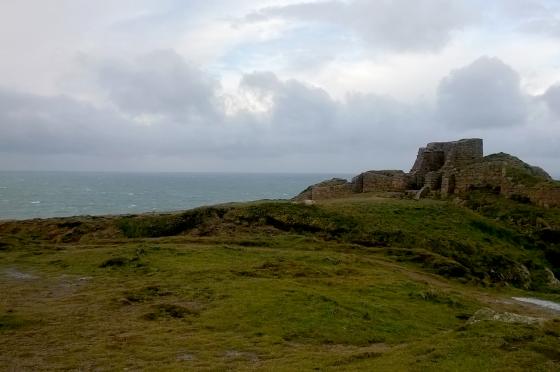
1. Screening
Examining the need for an Environmental Impact Assessment
An awareness of the impact to potential historic sites is required by developers at this stage.
We'll start building a picture of the archaeological potential to help you and the regulators understand more about the impact to the historic environment across the scheme.
-
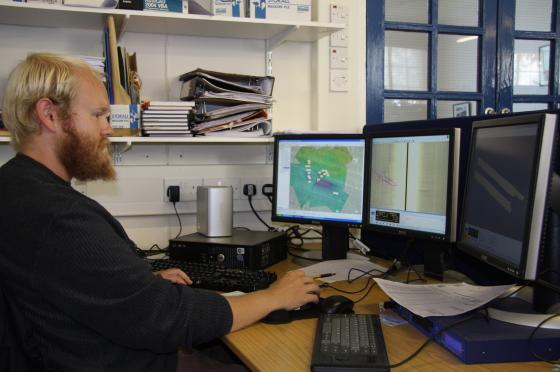
2. Scoping
Defining the scope of work needed to be undertaken by the developer
At this stage we will undertake the following to meet your offshore planning requirements:
- Discussions with key stakeholders
- Definition of requirements
- Scoping report submitted to regulators
-
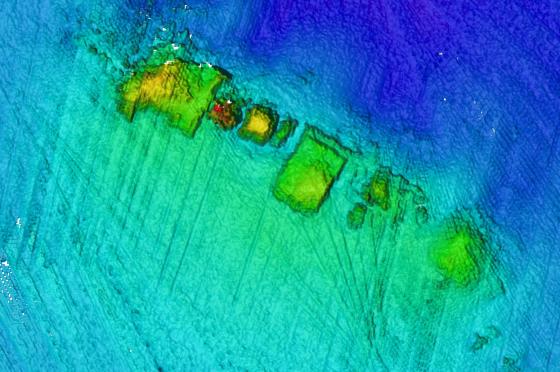
3. Assessing
Conducting the Environmental Impact Assessment (EIA)
At this stage you will be required to undertake a more detailed assessment of the potential impact of the development.
We will:
- Establish baseline understanding of the study area
- Undertake surveys to target areas of interest or remains and offer clarification
- Develop of any necessary mitigation measures
-
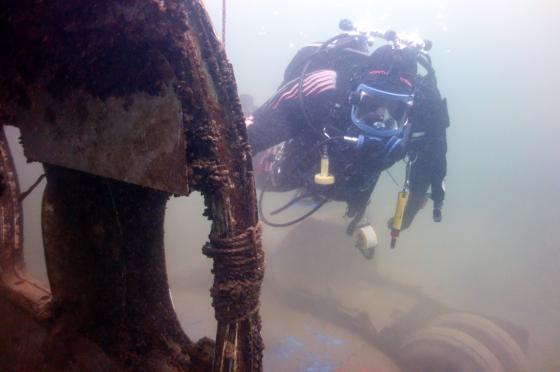
4. Implementing
Enacting site-based measures
Once the preparatory stages have been completed, we will carry out mitigation work in line with the policies and procedures, as outlined in a Written Scheme of Investigation (WSI) and Protocol for Archaeological Discoveries (PAD).
Mitigation measures fall into two groups:
- Intrusive (Relocating / Excavating / Conserving)
- Non-intrusive (Avoiding / Covering / Stabilising)
It may also involve on-going supervision during building work (watching brief). Reporting will be part of this stage.
-
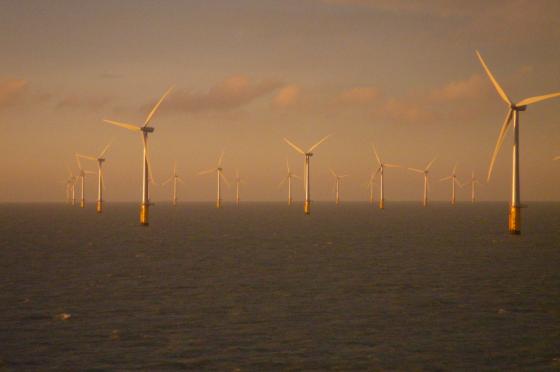
5. Monitoring
Ongoing assessment and monitoring
Throughout the scheme development, the archaeological mitigation methods must be monitored to examine whether they are effective.
